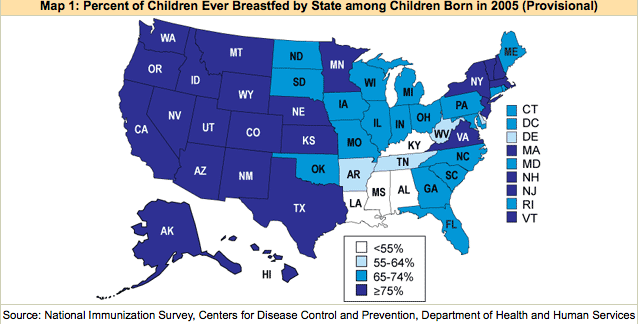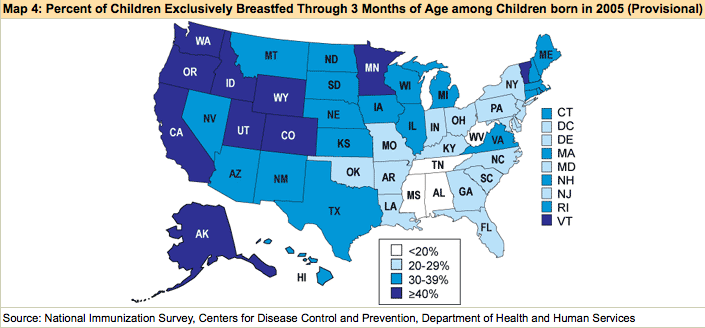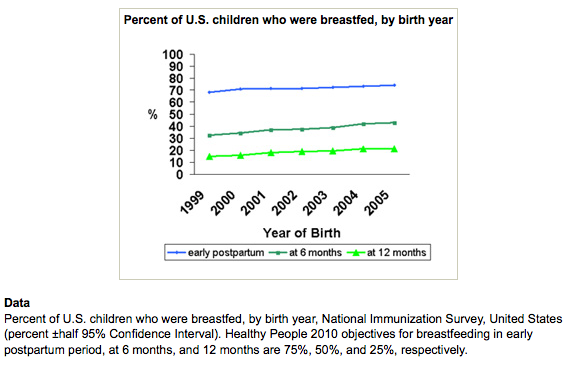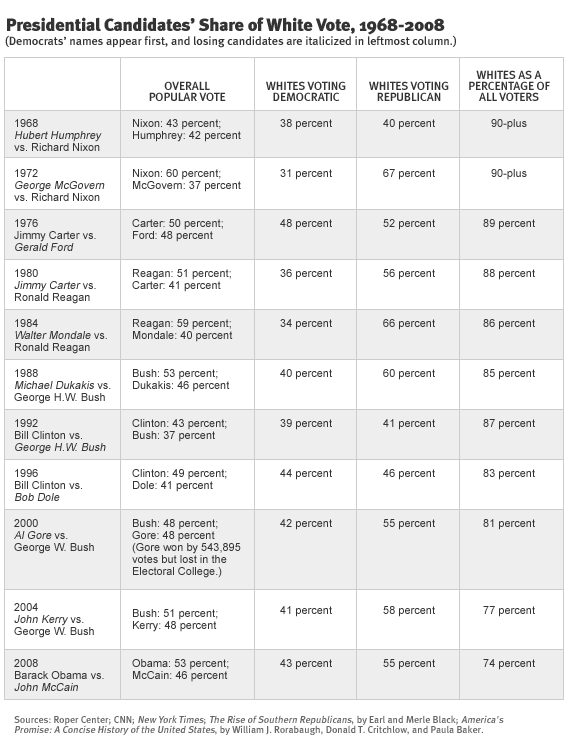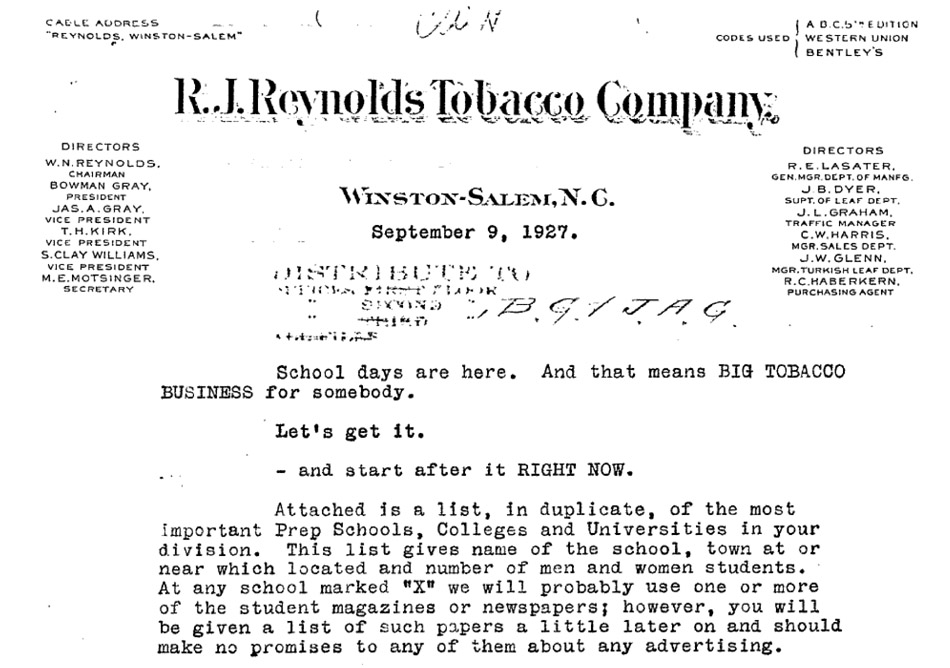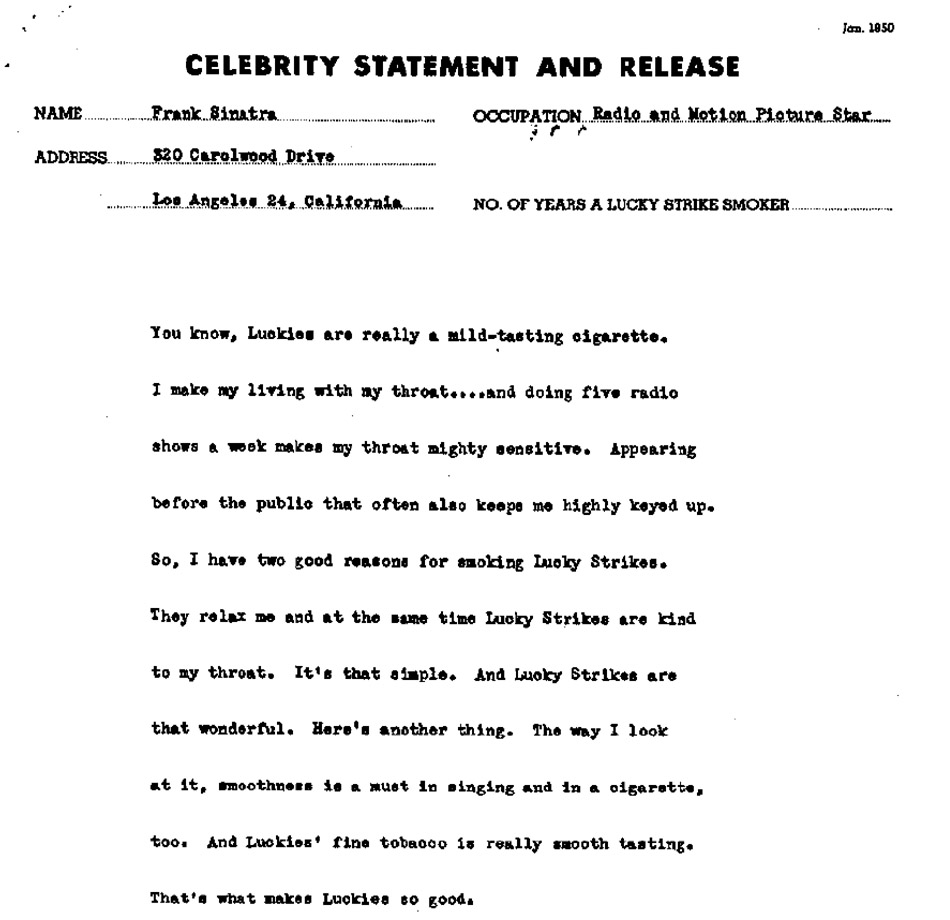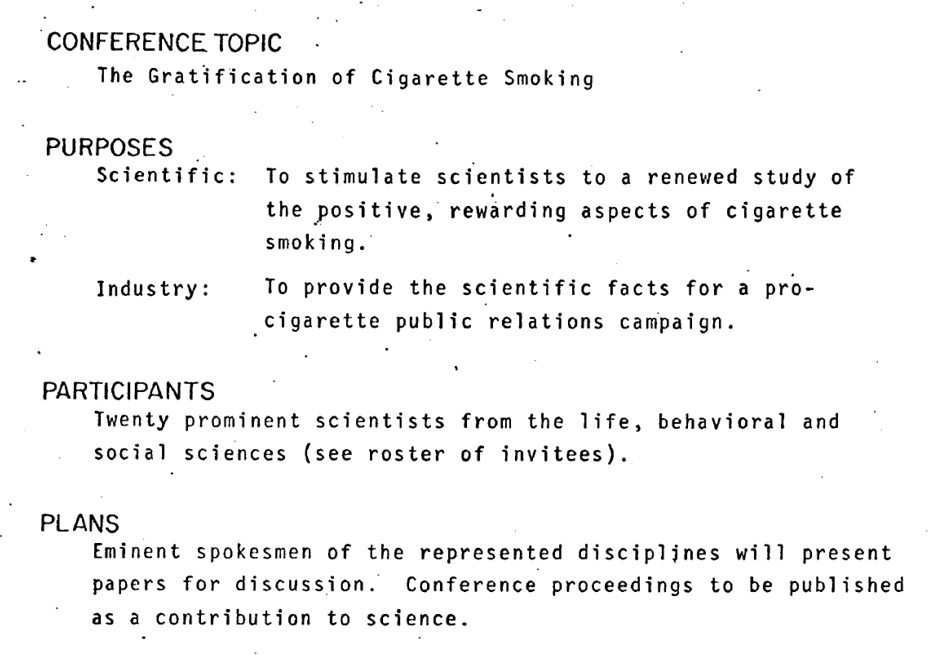Sandra F. sent in a link to “Prop 8: The Musical,” a parody starring Jack Black, Margaret Cho, Andy Richter, John C. Reilly, Neil Patrick Harris, and other celebrities:
The clip, though a parody, brings up a reason some groups that might not care about the reasons gays and lesbians want to get married, or about gay rights more broadly, nonetheless supported gay marriage: money. The New York Times discussed this issue here. Weddings are big business, and the more people who are eligible to be married, the more money is potentially available to wedding-related businesses. In 2004, the Congressional Budget Office estimated the impact legalizing same-sex marriage would have on the budget (end result: an estimated $1 billion a year for the 10-year estimation period). That’s just the federal budgetary effect; it doesn’t include private-sector benefits.
This anti-Prop 8 video makes an explicitly economic argument for gay marriage:
You might compare these videos to the commercials in this post; in those ads, advocates of gay marriage try to rhetorically frame the issue as being about love–that is, gay marriages are equated with straight marriages by focusing on the idea that what is important in a marriage is love, regardless of the sex of the spouses. Clearly you could use them to discuss gay marriage, but they might also be good for illustrating the idea of framing of social issues.
Thanks, Sandra!

